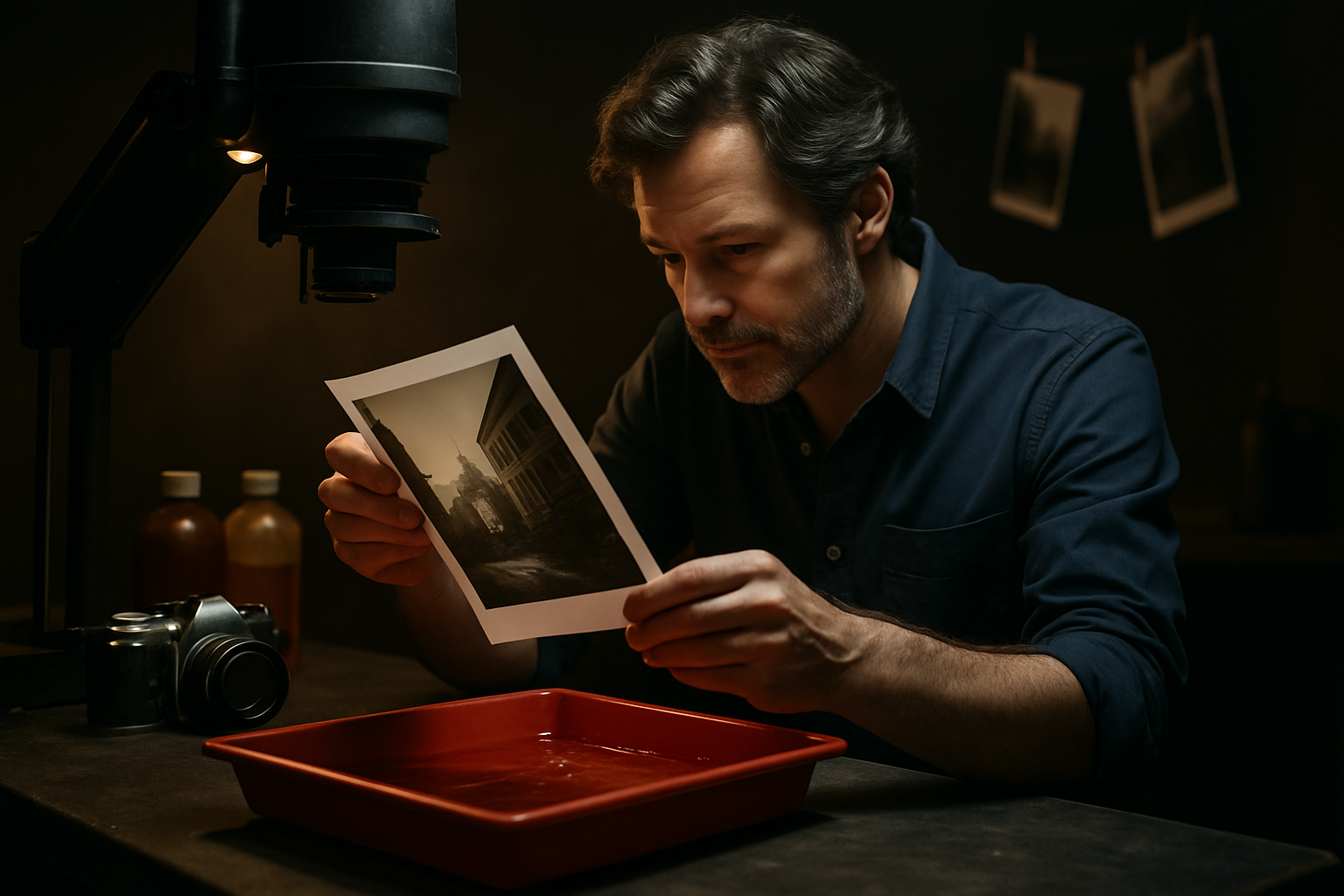The Resurgence of Analog Photography in the Digital Age
In an era dominated by smartphones and instant digital gratification, a surprising trend has emerged in the world of photography. Analog photography, once considered obsolete, is experiencing a remarkable revival. This unexpected resurgence has captivated both seasoned professionals and young enthusiasts, breathing new life into a medium that many thought was destined for obscurity. As we delve into this phenomenon, we'll explore the factors driving its popularity, the unique aesthetic it offers, and its impact on the contemporary art scene.

A Return to Tactile Processes
One of the key drivers behind the analog revival is the desire for a more hands-on approach to image-making. The process of loading film, manually adjusting camera settings, and developing prints in a darkroom provides a tangible connection to the craft that many find lacking in digital photography. This return to tactile processes has sparked a renewed interest in traditional photographic techniques, with workshops and classes on film development and darkroom printing seeing a surge in popularity.
The Slow Photography Movement
Analog photography’s resurgence aligns closely with the broader slow movement, which emphasizes mindfulness and intentionality in various aspects of life. The limitations of film – finite exposures and the inability to instantly review images – force photographers to slow down and carefully consider each shot. This deliberate approach to image-making has resonated with those seeking to escape the frenetic pace of the digital world, fostering a more thoughtful and meditative photographic practice.
Bridging Generations Through Nostalgia
For older generations, the return to film photography evokes a sense of nostalgia, rekindling memories of family snapshots and cherished moments captured on celluloid. Younger photographers, raised in the digital age, are discovering the magic of analog for the first time, drawn to its vintage aesthetic and the excitement of waiting for film to be developed. This cross-generational appeal has created a unique community of analog enthusiasts, bridging the gap between old and new.
The Impact on Contemporary Art and Commercial Photography
The analog revival has had a significant impact on the art world, with galleries and museums showcasing exhibitions dedicated to film photography. Contemporary artists are incorporating analog techniques into their work, often blending them with digital processes to create hybrid forms of expression. In the commercial realm, fashion and advertising photographers are increasingly turning to film to achieve a distinctive look that sets their work apart in a saturated digital landscape.
Challenges and Sustainability
Despite its growing popularity, the analog photography movement faces challenges. The availability of film stock and processing facilities has dwindled over the years, though niche companies have emerged to fill the gap. Environmental concerns regarding the chemicals used in film development have also been raised, prompting some to explore more eco-friendly alternatives. As the movement evolves, finding sustainable ways to practice and preserve analog photography will be crucial to its continued growth.
The Future of Analog in a Digital World
As we look to the future, it’s clear that analog photography has carved out a significant niche in the contemporary visual landscape. Rather than competing with digital technology, it offers a complementary approach that enriches the photographic medium as a whole. The enduring appeal of film lies not just in its aesthetic qualities, but in the mindful, intentional process it demands from its practitioners. As long as there are artists and enthusiasts who value this approach, analog photography will continue to thrive alongside its digital counterpart.
In conclusion, the resurgence of analog photography represents more than just a nostalgic trend. It reflects a deeper desire for authenticity, tactile experiences, and a more thoughtful approach to image-making in our fast-paced digital world. As this movement continues to evolve, it promises to shape the future of photography, inspiring new generations of artists and challenging our perceptions of what it means to capture and create images in the 21st century.





